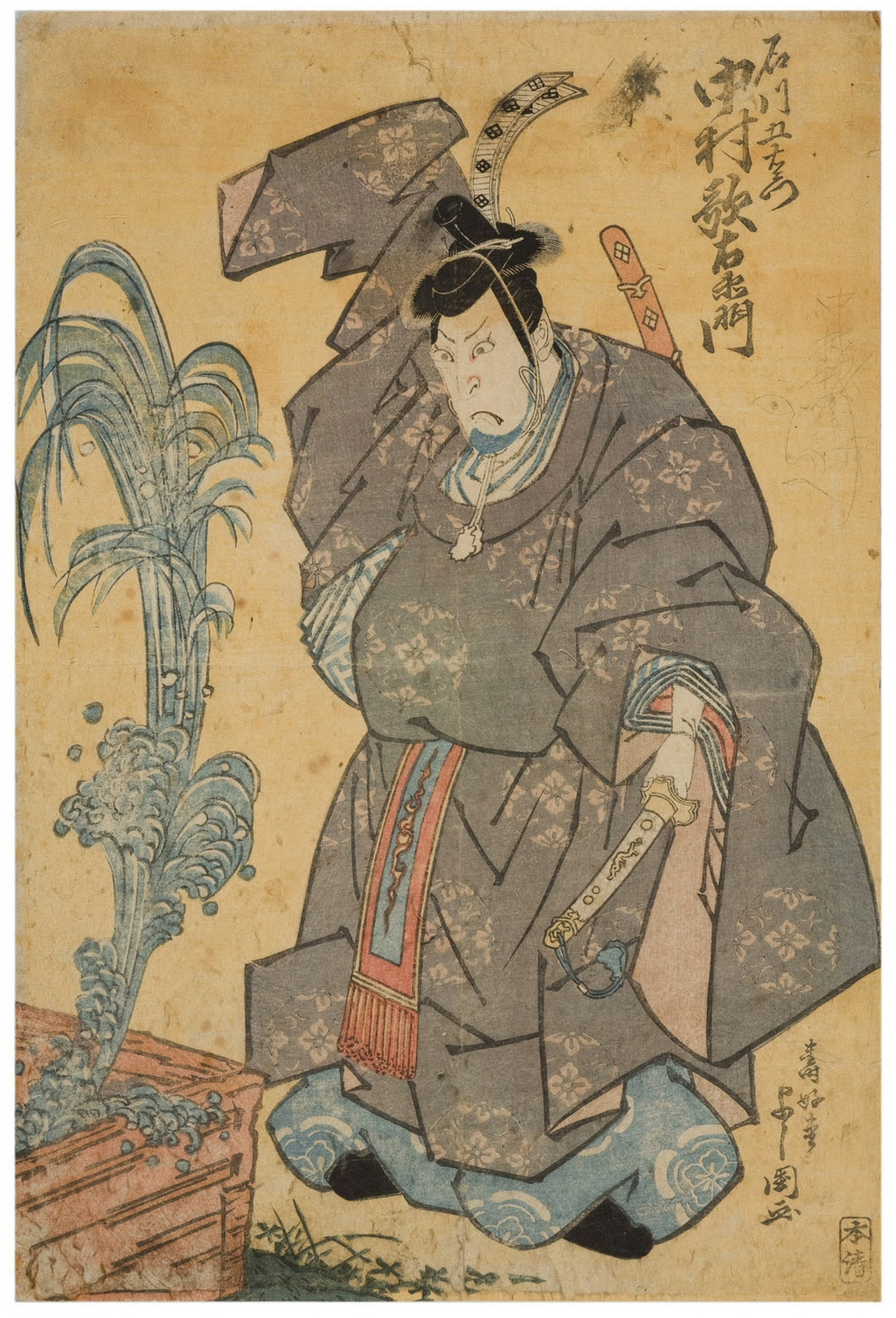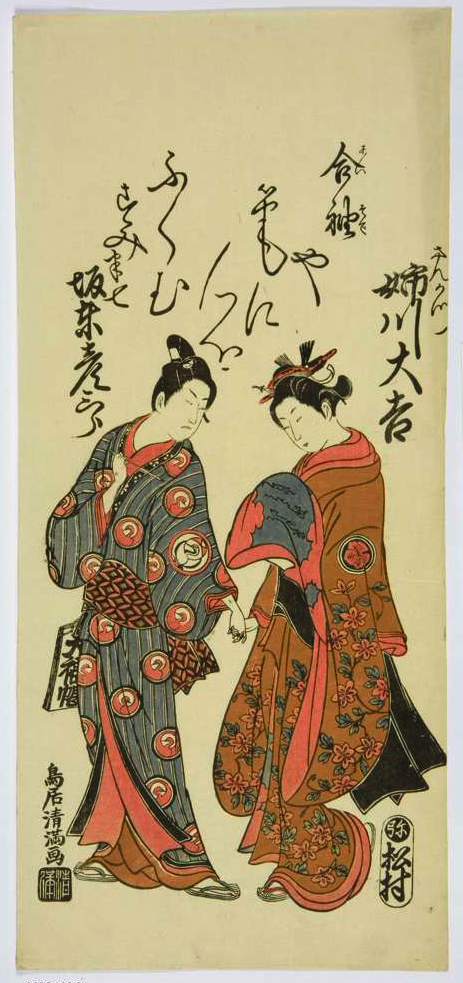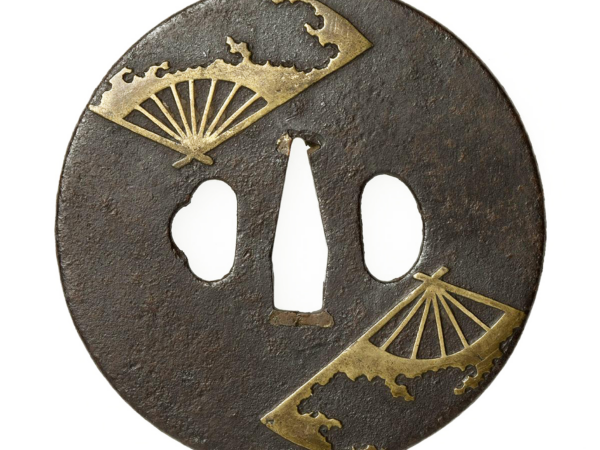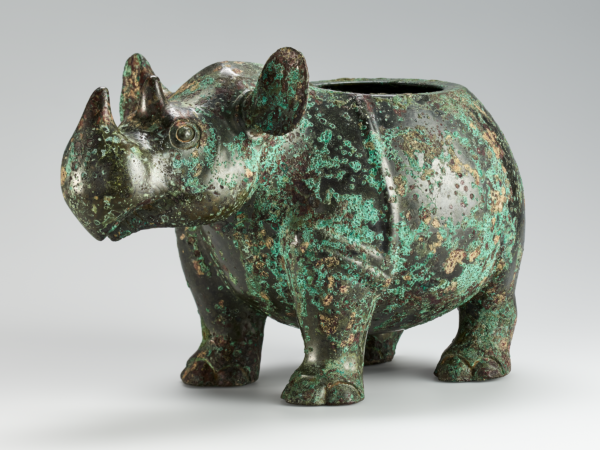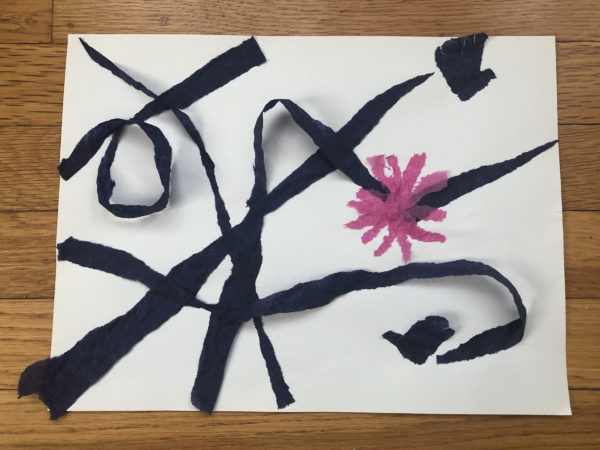Activity
An Introduction to Kabuki Theater
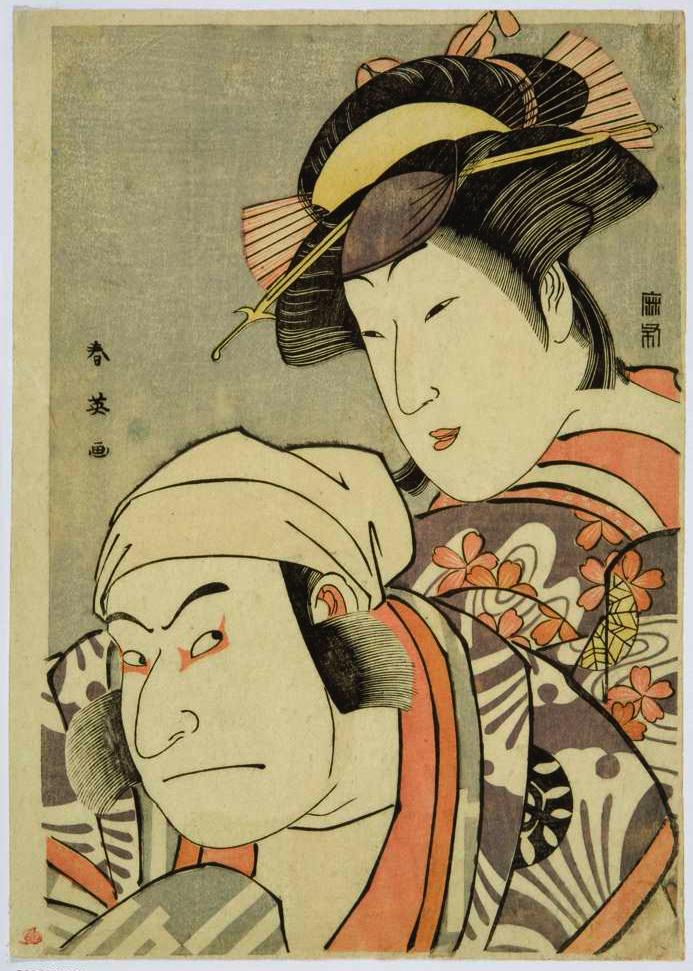
Kabuki Theater
Kabuki Theater
Kabuki was one of the three most popular dramatic forms of Japan, the other two being Noh drama and puppet theater (bunraku). Singers and an orchestra of drums, flutes, wooden clappers, and samisen (a stringed instrument similar to the banjo) accompanied the highly stylized dialogue, lively and often violent action, and captivating dances of Kabuki. The plays were all-day entertainments that included lunch and tea.
Audiences in Edo (present-day Tokyo) were delighted by these powerful performances, and admiring merchants and artisans became the actors’ patrons. Even today, in a culture saturated with entertainment, Kabuki continues to flourish.
The art form has its origins in comic dances performed in the early 1600s by groups of women on a bank of Kyoto’s Kamo River. Kabuki grew into a colorful theatrical art form in both Edo and Osaka. In 1629 the government accused these women of being prostitutes and banned all women from performing the dances. Male actors began to play both male and female roles.
Edo’s three Kabuki theaters—Nakamura-za, Ichimura-za, and Morita-za—were located in different areas of the “Low City.” In 1842, after a fire had destroyed much of the city, all three theaters were relocated to the Asakusa area near the new pleasure quarter.
Kabuki Theater Facilities
Theaters housing Kabuki performances consisted of a hall with stage and audience areas; the stage was separated from the audience by a curtain drawn to the sides. Characteristically a runway, connected to the back of the stage, passed through the audience. This “flower way” (hanamichi) was so named because it originally served as a passage for audience members to present flowers to actors on stage. By the 1730s the hanamichi had developed into a supplementary staging area.
Signboards featuring current programs were hung above the eaves of theaters’ central entrances.
Kabuki Makeup
Kabuki actors wore thick makeup designed to express the characters they represented. Red stripes around cheeks and eyes signified power and youth, and indigo blue signified a negative attribute.


